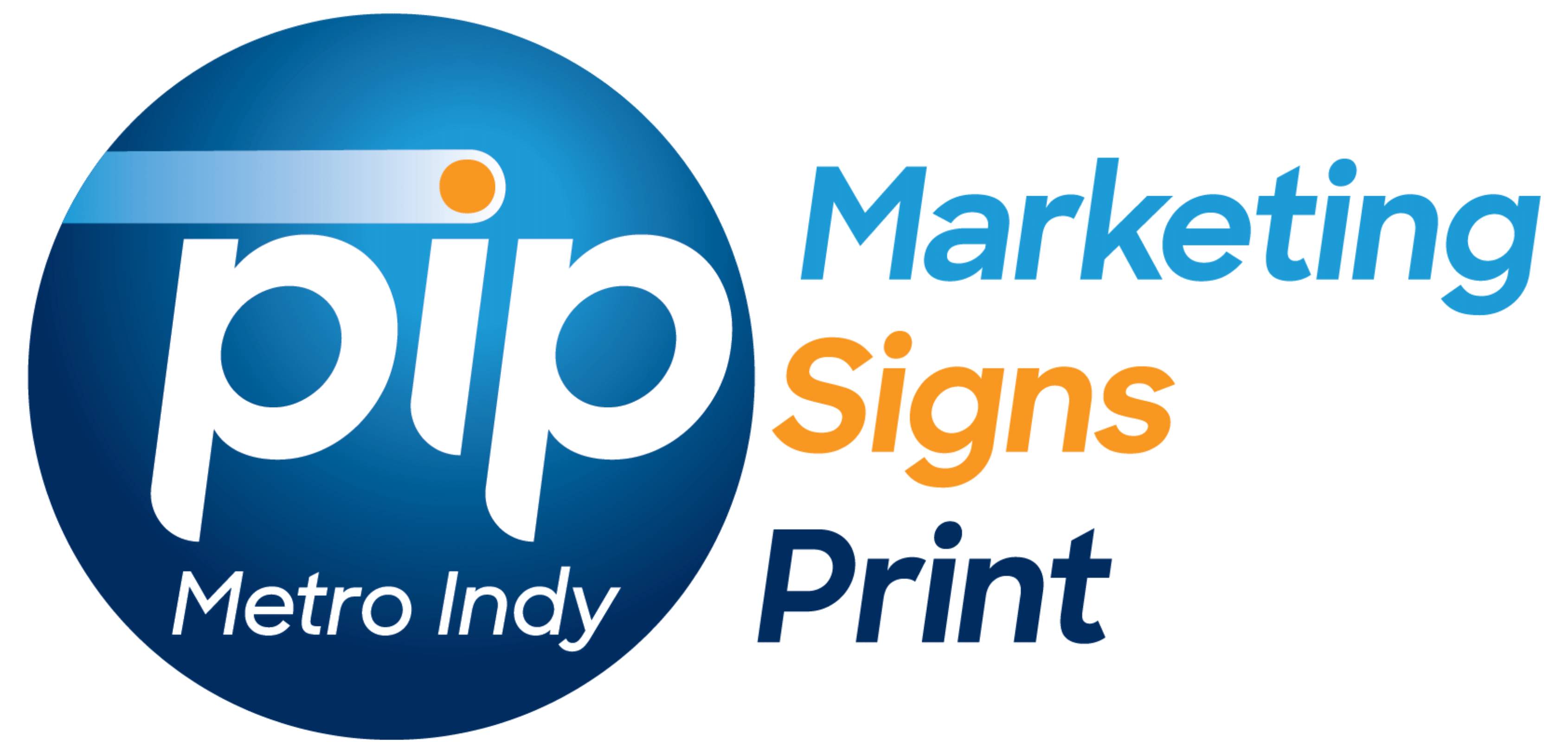
Creating a professional, top-notch print isn’t quite as easy and pulling a few elements from Google and placing them on an art board. Images are usually low quality, spelling is all over the place, and the file might not even be the right size for your finished piece.
However, once you’ve created your final masterpiece, there are still a few steps we advise clients to do before sending your project off to the presses. PIP Metro Indy’s go-to checklist is a great resource to make sure your files are portraying your company in a positive light (and how we can provide the best finished project for you!):
1. Spell Check
Although it seems like the most obvious on this list, spell-checking is frequently an overlooked aspect before sending a project off to print. We advise you to take a few extra minutes before sending us your project to ensure the spelling and grammar on the piece are as you envision. If you have a bit more time, having a third party who has not been heavily involved in the project review the piece is a great way to get a fresh take. Plus, they might catch errors you’ve glanced over hundreds of times and didn’t notice.
2. Quality Images
If you are pulling an image or graphic straight from a website or from a search engine, chances are the file is a very low resolution—often times as low as 72 DPI. At these low-resolutions, these elements will not print well, and we can almost guarantee you won’t be happy with the final printed result. If possible, we ask that all images/graphics be at least 300 DPI while viewing at 100% for the best printed results. If you are looking for some high-quality images to use in your graphics, check out our stock photo site recommendations here.
3. RGB vs. CMYK
All of our printing processes use CMYK, a four color printing process, unless otherwise noted (very rarely does this happen). However, your computer monitor uses the RGB color space. This means your artwork’s colors will shift and appear differently on a printed piece vs. your computer monitor. Learn more about the importance of RGB vs. CMYK in printing here.
4. Crop Settings
If your artwork is a unique size/cut, or has a bleed (see below), we ask for crop marks on the file so our bindery and finishing department knows where to cut or bind your project at. If you are using a “standard” design program, such as Adobe InDesign or Illustrator, the standard crop (also known as trim marks) are sufficient. Learn how to export and package your files with crops here.
5. Bleed Settings
If your artwork has color that goes all the way to the edge, you’ll need a bleed on your file. This is typically a .125” extension of your color on all sides that will be cut off during the finishing or bindery process. If your artwork has a bleed, it should also include crop marks, so our team can verify the design’s final finished size before it goes to print. Learn how to export and package your files with crops and bleeds here.
6. Correct File Types
There are countless design programs that you can use, but they may not all provide the same high-quality files we need to print from. Unless otherwise stated, all files should be sent to us as a high-quality PDF. This will ensure the finished product doesn’t lose any files, fonts, graphics or other important elements.
Our team will do our best to flag any of these issues as we see them, but it’s best to do a final review before sending files our way to avoid your project’s turnaround time being extended. If you have any questions or need us to take a look at your artwork before placing an order, contact us today! Our expert team members will walk through the files with you to ensure you receive a top-notch project.


